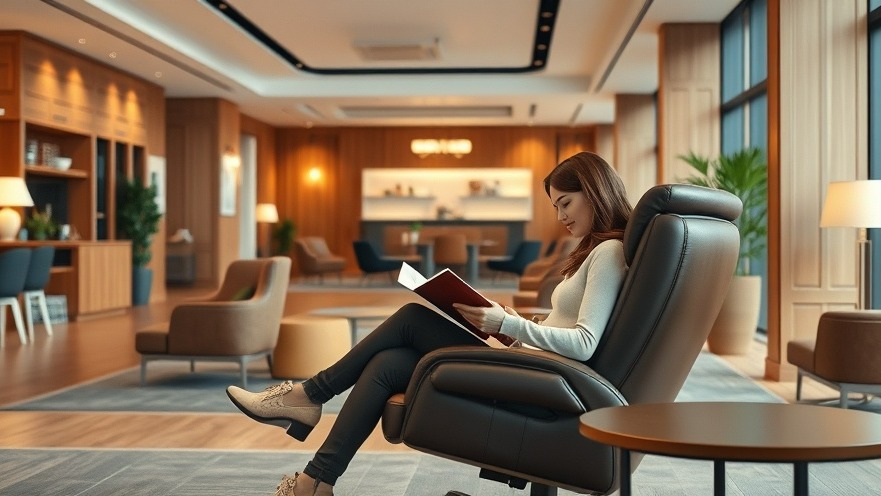
Small but Mighty: The Rise of Functional Design in Workspaces
In a world where remote work has become increasingly common, the importance of creating a comfortable and efficient workspace cannot be overstated. David Baker Architects’ recent conversion of a 1900s-brick building illustrates how even smaller elements can make a significant impact in designing effective working environments. The project in Birmingham emphasizes a blend of historical aesthetics with modern functionality, showcasing how thoughtful design choices cater to the evolving needs of digital nomads and remote workers.
The Value of Ergonomic Workspaces
Ergonomic design is not just a trend; it significantly influences productivity and worker satisfaction. Elements like adjustable desks, proper seating arrangements, and adequate lighting can drastically improve one’s ability to focus and work efficiently. The Wyatt Building project highlights practical yet stylish choices that serve both form and function, appealing particularly to those seeking to optimize their work-from-home setups.
Cultivating Comfort with Aesthetic Appeal
One of the most appealing factors of interior design is its dual capacity to provide comfort without sacrificing style. Baker’s architectural decisions focus on maintaining original brick features and enhancing them with modern touches. This careful blend allows remote workers to feel connected to their environment, promoting wellness and a sense of belonging that is essential for long hours spent on work projects.
Tips for Creating Your Own "Small but Mighty" Workspace
For digital nomads looking to create an efficient remote workspace, it’s crucial to incorporate elements that cater to both productivity and comfort. Here are some practical tips inspired by Baker's designs:
Invest in quality ergonomic furniture: Look for adjustable desks and supportive chairs that facilitate movement and comfort during long work sessions.
Maximize natural light: Position your workspace near windows to enhance mood and reduce eye strain.
Add personal touches: Incorporate decor that inspires you, such as art prints or plants, to make your workspace more inviting.
Inspiration from the Wyatt Building Project
The Wyatt Building project serves as a reminder that blending the old with the new can yield extraordinary outcomes. By utilizing the inherent beauty of aged brick against contemporary design elements, this renovation pays homage to its historical roots while addressing modern working needs. The careful attention to detail in this conversion offers a blueprint for aspiring designers and remote workers aiming to harmonize aesthetics with functionality in their own spaces.
Future Trends in Workspace Design
As remote work continues to shape how and where we conduct our business, the future of workspace design appears promising. Innovations in smart furniture and sustainable materials will likely see an uptick, allowing digital nomads to create customized environments that enhance not just productivity but also well-being. By remaining aware of these trends, you can stay ahead of the curve and ensure your workspace meets your personal and professional requirements.
Why This Matters to You
For those venturing into the realm of flexible work, understanding the impact of your surroundings is crucial. A well-designed space enhances not only productivity but also your mental health and overall life satisfaction. By being conscious of how your environment influences your daily tasks, you are one step closer to creating a workspace that serves you effectively.
Building a comfortable and efficient remote workspace is an ongoing journey, and the principles derived from the Wyatt Building’s renovation serve as a perfect guide. Pay attention to those small, yet mighty details in your own design choices.
As you consider how to improve your workspace, think about what small changes could lead to significant benefits. Interested in learning more about how ergonomic design can enhance your remote workspace? Stay tuned for more tips and insights aimed at making your work from home experience as productive and enjoyable as possible!
 Add Row
Add Row  Add
Add 




Write A Comment